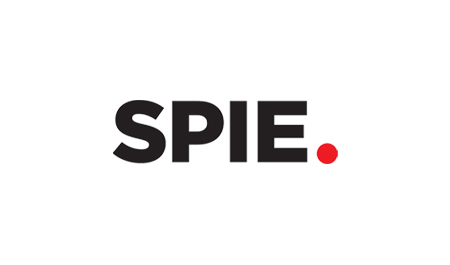Clinicians do not have standard methods to determine the most appropriate time to apply skin grafts in a chronic wound or cellular- and tissue-based products (CTPs). If applied weekly over the course of 4 weeks, the cost of using CTPs is estimated to be over $6,400, with an additional $1,260 in facility fees and clinician time to manage chronic wounds in an outpatient facility. Being able to predict wound readiness accurately would greatly contribute to cost savings. This case series compares clinical examination versus real-time bacterial fluorescence imaging (MolecuLight™ i:X,
MolecuLight, Toronto Canada) to predict the effectiveness of the CTP and/or skin graft procedure in two patients undergoing weekly wound care and then receiving a CTP. The clinician relied on clinical examination to guide decisions to apply the CTP, as the clinician was blinded to fluorescence imaging results. In each case, clinical examination indicated readiness for CTPs, yet fluorescence imaging revealed a significant bacterial burden (>104 CFU/g) prior to and following application of cellular tissue products. In both cases, the wounds failed to heal or make significant progress within a 30-day period. These results suggest that the MolecuLight i:X fluorescence imaging device provides objective information on wound bed readiness that can be used to support evidence-based decision making regarding wound care and treatment options, thereby creating the potential to save more than $7,660 in costs associated with failed CTP application over a 4-week period. Going forward, fluorescence imaging may serve as a real-time biomarker of high bacteria loads, facilitating more accurate debridement and optimizing wound bed preparation. Better bacterial management may lead to more rapid readiness for use of CTPs.











